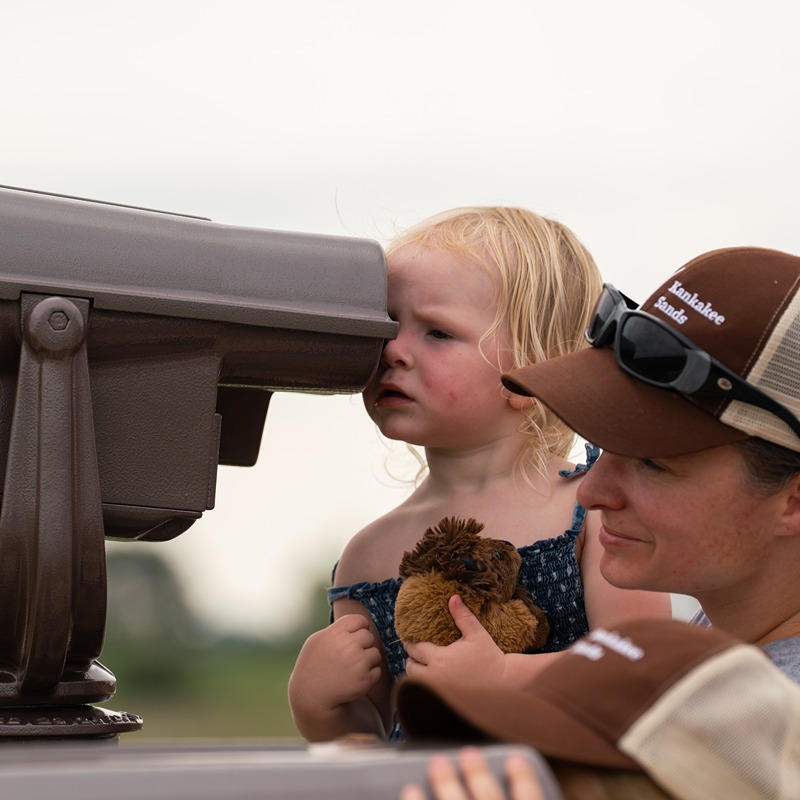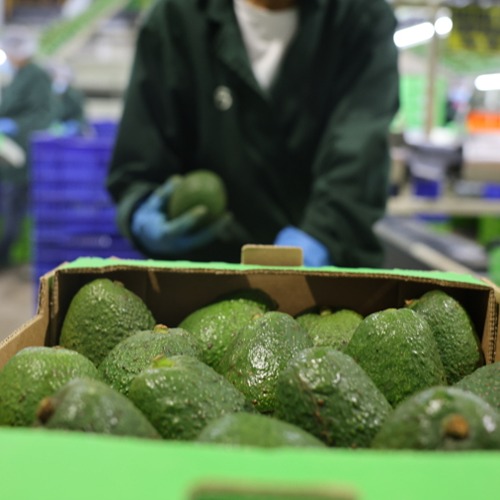Without more prescribed burns, U.S. forest fires are 'going to get worse,' specialist predicts
With wildfires causing widespread destruction in California, Montana and other states, officials have been investing millions into containing and suppressing massive wildfires. Despite those efforts to contain the fires, nature eventually must run its course — which contributed to record-breaking fires this year, according to a firefighter and wildfire consulting specialist.
The fires were inevitable, said Stephen Creech, who responded to three firefighting assignments in Montana this summer for a total of 48 days. While recent media coverage has mainly focused on fires in the west, damaging wildfires are a national issue. States like Tennessee, Florida and Texas regularly experience large fires too.
“What people don’t know is that many ecosystems in the United States are fire-adapted,” said Creech, who teaches firefighting certification courses at Purdue University. “Fire is a natural part of the system out here.”
And after nearly 100 years of fire suppression efforts across the United States, many states were susceptible to extensive fires, according to Creech.
“Fuel feeds the flames,” he said. “The past two years have been very wet for Montana and it’s built up a whole lot of grass and brush. Couple that with the unusually hot, dry conditions of this year and all that vegetation is parched and flammable. It was only a matter of time before it started to burn.”
That’s why Creech is among the fire specialists calling for a greater investment in fire management, which includes prescribed burns. Unlike fire suppression, prescribed burns actually use fire to help minimize more damaging wildfires in the future. Unfortunately, fire management has been inadequately funded over the years, which partially contributed to conditions that led to recent wildfires, Creech said.
The wildfire that recently raged across the Montana landscape gobbled up more than 438,000 acres of the dry rangeland and forced hundreds of people to evacuate. The fires in the western portion of Montana, like Rice Ridge and Lolo Peak, had reached 160,187 and 53,902 acres in size respectively. Creech worked as the operations branch director on the Lolo Peak fire.
The Northern California fires that contributed to at least 43 deaths and the destruction of 14,000 homes recently have been described as among the deadliest in the state’s history. Wildfires also broke out in Utah, Oregon, Washington and Idaho this year.
“As for the California fires, there are three main factors at play here,” Creech said. “First, California consists of numerous fire-dependent ecosystems. Second, the west slopes of the various mountain ranges in California all have what are called “foehn” winds. These are hot, dry, and very strong winds that blow down the slopes to the west. The third issue is the wildland urban interface. People have elected to build homes in fire prone areas.”
Creech is all too familiar with flames. During the spring and fall, the Purdue grad works as a wildfire consulting specialist with his company in Bloomington, Ind. The business was originally started for fire training, but Creech also writes prescribed fire burn plans for The Nature Conservancy and the U. S. Fish and Wildlife Service, among others. That leaves his summers open to fight fire with the U.S. Forest Service.
“Every fire is different,” Creech said. “I went back to Lolo Peak after a short break and it was completely different. Fire changes minute by minute.”
Fire suppression has led to a great deal of fuel build-up in not only Montana, but other states as well. Many ecosystems, such as a prairies and grasslands, depend on fire to persist. Otherwise, woody vegetation like shrubs and trees would take over the grassy plains and the landscape would slowly turn into a forest. Out west, frequent, low-burning fires keep ecosystems from building up too much fuel and allowing for greater diversity of plant species. Wildflowers, in particular, depend on fire to open up space for the faster-growing, more aggressive grasses.
“Fire occurs naturally in almost all ecosystems,” Creech said. “Ponderosa Pine, [a common tree species in Montana], has a 3- to 5-year fire return interval. For prescribed burns, you run fire below the trees – it’s a natural part of their cycle. It’s the woodlands and grasslands that don’t get burned that burn out of control, very hot, and there’s nothing we can do.”
Prescribed fire reduces fuel and promotes the natural cycles of fire. By having controlled burns, it greatly reduces the risk of massive wildfires breaking out because there is less material to fuel them.
“It was extremely dry out there [in Montana],” Creech said. “To give you an idea of how dry, a two-by-four at a lumber yard has 12 percent moisture content. Heavy, downed woody debris out there had 5 percent. Any fire brand that landed on a receptive fuel bed – 95 percent of those would start a new fire. Then you have to go fight that fire on top of the one you’re already fighting.”
Without the prescribed burns, the outcome could be even worse, Creech said.
“The best thing those states could do is manage forestland and prairielands. By harvesting timber and doing prescribed fire, you reduce the risk dramatically,” said Creech, who has 43 years of fire experience. “For example, on Lolo Peak, we went into a polygon and burned 1,000 acres. This robbed the main fire of fuel, so when it got there it just went out. We fight fire with fire.”
But current prescribed fire efforts are not enough, according to Creech.
“Federal agencies, namely the U. S. Forest Service, runs out of money every year,” Creech said. “They have to spend down their budget, the entire thing, not just the budget for fire suppression. In bad fire years, this drains the funds for recreation, trail management, and other projects. The Fuels Management program pays the price here. They typically run out of money right in the middle of the fire season.”
Once the funds are gone, there’s nothing left over to try to prevent the fires in the first place.
“There’s a bill afoot to fund fire suppression separately and would not require the U.S. Forest Service to break into the rest of their budget,” Creech said. “But this has been tied up for years. The fires are getting bigger and harder to suppress every year; it’s only going to get worse.”





